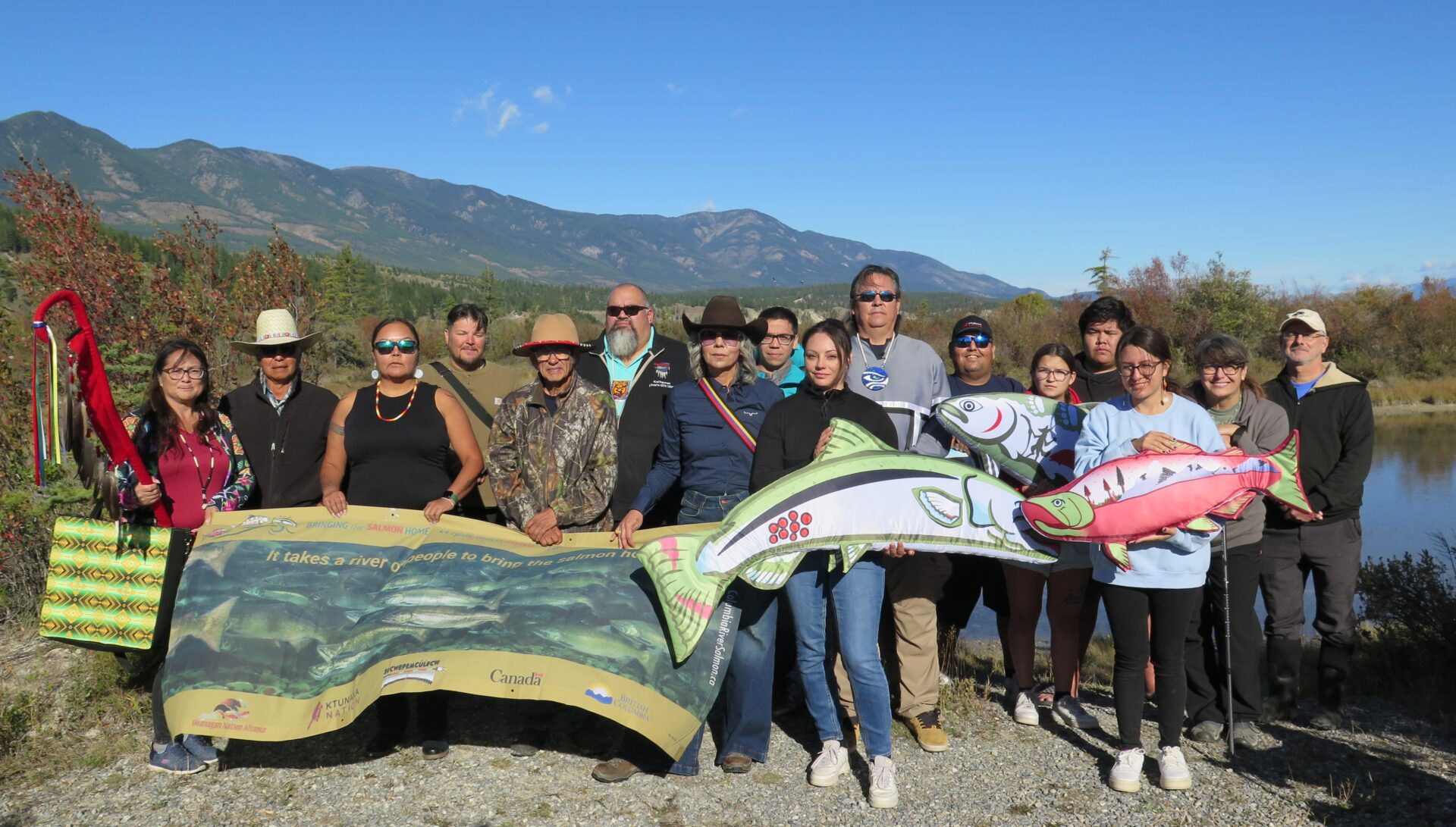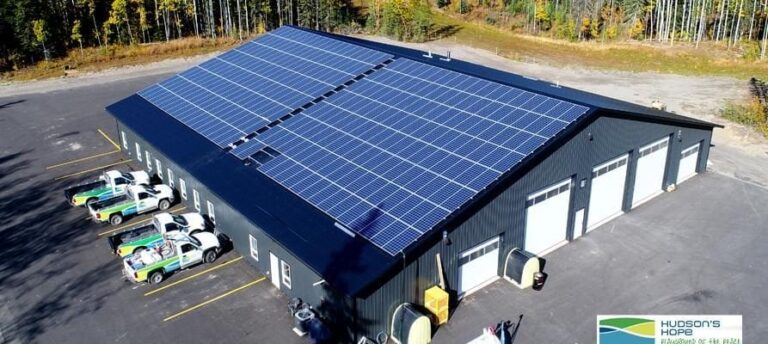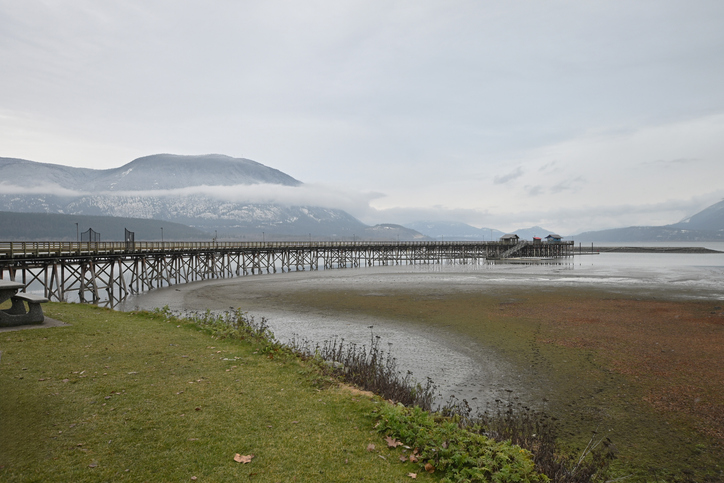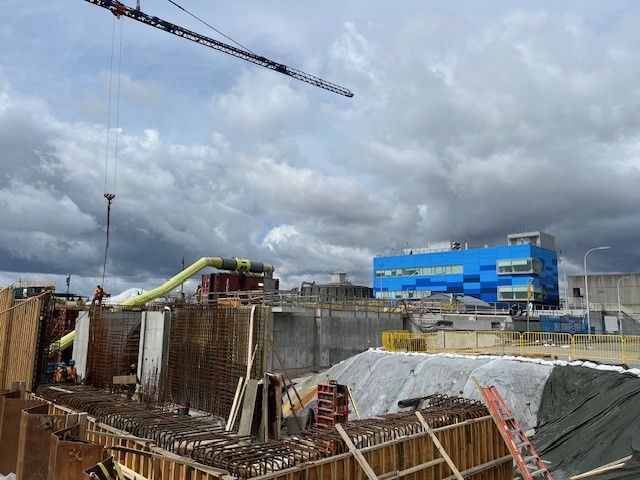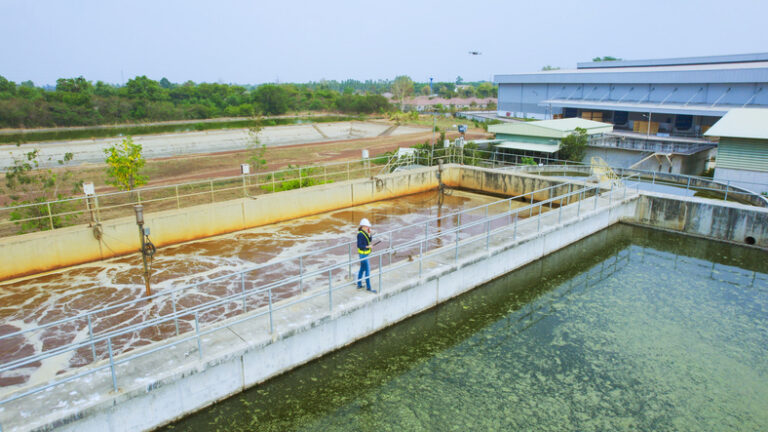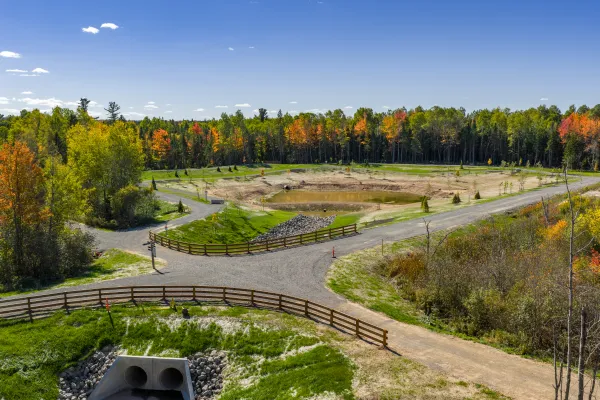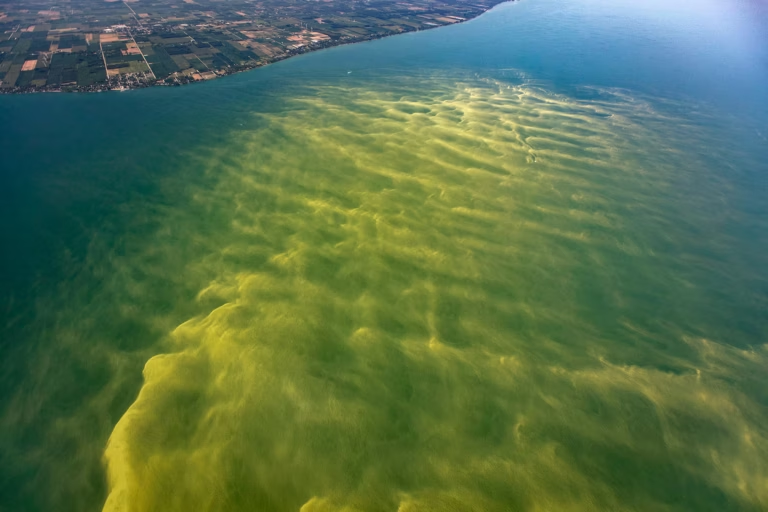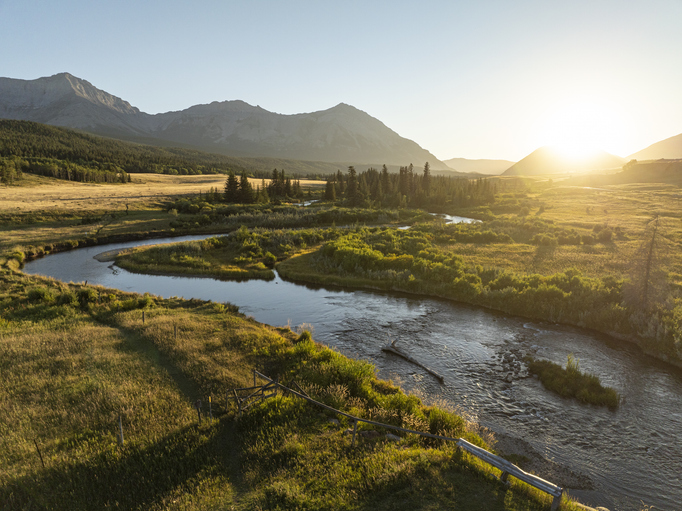For the first time in more than 80 years, sockeye salmon released as fry in the upper Columbia River have returned as adults, marking a historic step toward restoring salmon to their ancestral spawning grounds.
The Bringing the Salmon Home initiative—led by the Syilx Okanagan, Secwépemc and Ktunaxa Nations in partnership with the governments of British Columbia and Canada—confirmed that two tagged sockeye released in 2023 were detected returning up the Columbia River this summer as far as current fish passage allows.
The Columbia’s headwaters in B.C.’s Kootenay region were once home to one of the world’s most prolific salmon runs before the construction of the Grand Coulee Dam blocked migration routes more than 86 years ago.
“This is a powerful affirmation of what our Elders and Knowledge Keepers have always told us,” said Chief Keith Crow of the Lower Similkameen Indian Band, Syilx Okanagan Nation. “The salmon belong here, and with ceremony, Indigenous Knowledge, western science, and determination, we are bringing them home.”
Tracking data showed one adult sockeye passing Wells Dam in Washington State on June 30, and another travelling through the nearby Rocky Reach Fishway on July 7. Both completed the arduous journey through a dozen major dams to the ocean and back—a journey of thousands of kilometres—before being detected moving upstream.
Mark Thomas, Shuswap Indian Band Councillor and Chair of the Bringing the Salmon Home Executive Working Group, called the event a “cause for celebration, reflection and renewed commitment.”
“This proves that, given the chance, the salmon know where they need to go,” said Thomas. “We do this work for our grandchildren, for the river and for all of our relations.”
Jason Andrew, ʔaq̓am Councillor of the Ktunaxa Nation, said the return symbolizes “hope, healing and responsibility.”
The Honourable Joanne Thompson, Minister of Fisheries, praised the Indigenous-led effort, calling the return “a meaningful reflection of what can be achieved through collaboration.”
“Canada values the opportunity to contribute to this important work, which honours Indigenous leadership and knowledge, and supports ecological restoration efforts to benefit salmon,” said Thompson.
B.C. Minister of Water, Land and Resource Stewardship Randene Neill added that the milestone “confirms the success of collaborative reintroduction studies and the resilience of salmon life cycles once thought lost from these waters.”
Nearly 40 per cent of the 2,000-kilometre Columbia River originates in B.C., making the upper basin crucial to transboundary salmon recovery. Under the modernized Columbia River Treaty Agreement-in-Principle, Canada and the United States have agreed to new measures for salmon restoration and ecosystem health, supporting the Bringing the Salmon Home mandate to return salmon to the upper Columbia.
The reintroduction studies were supported through federally and provincially funded B.C. Salmon Restoration and Innovation Fund (BCSRIF).
More information about the initiative can be found at ColumbiaRiverSalmon.ca.

